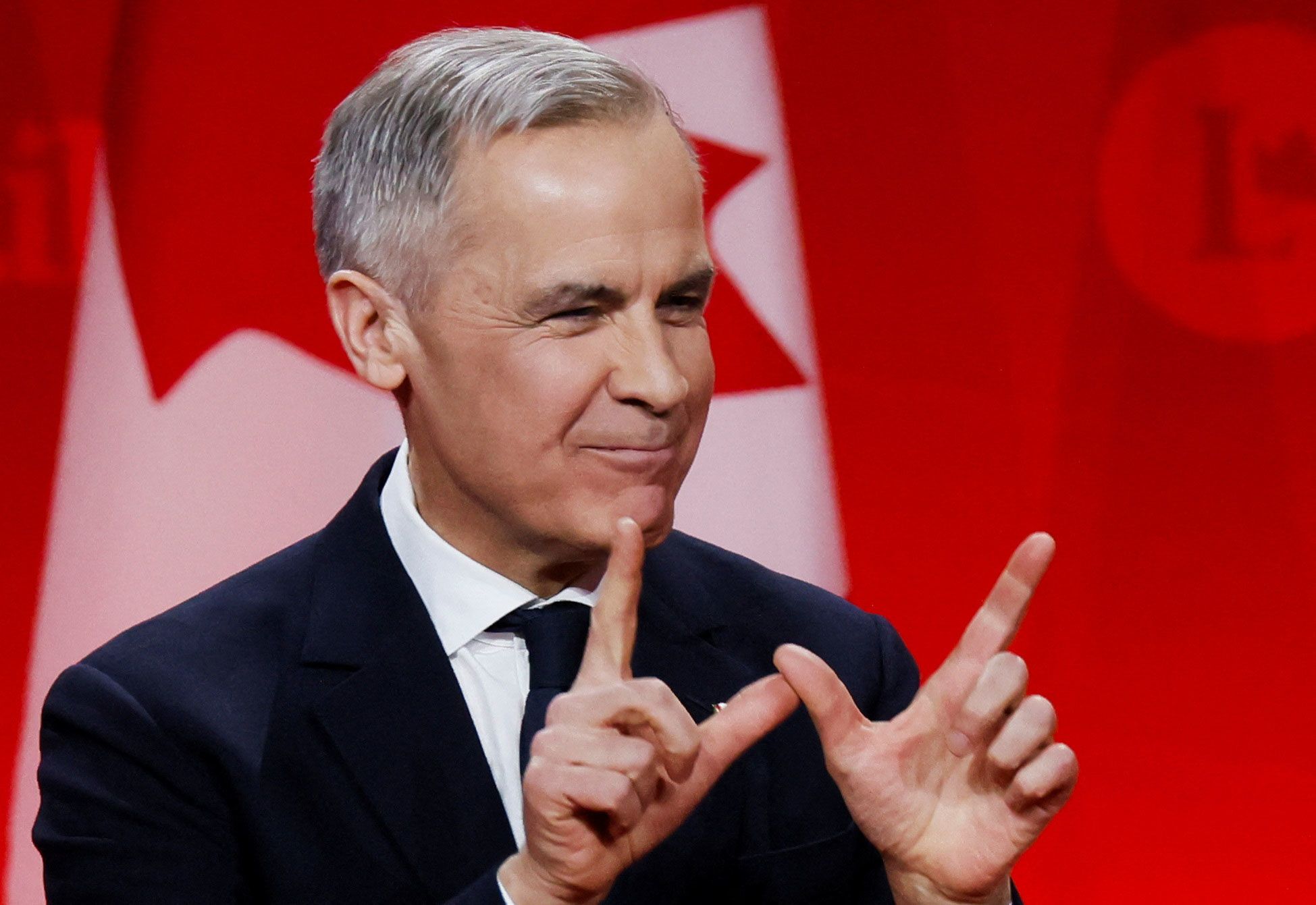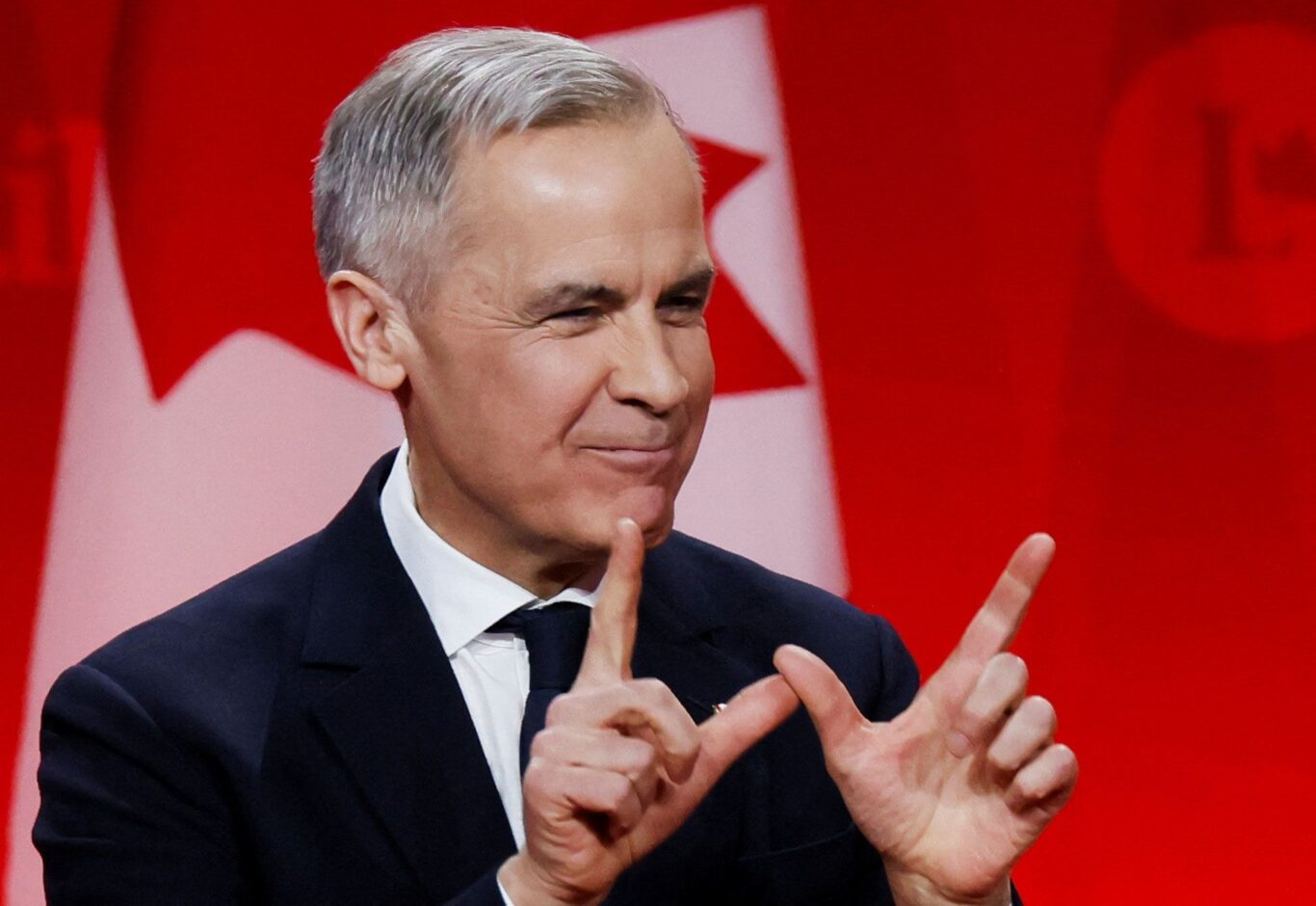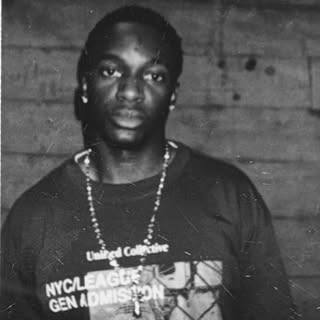In a move that signals both confidence and urgency, Mark Carney is back in Parliament, now backed by a stronger mandate after a snap election win for the Liberal Party. Carney, who recently stepped into the prime ministerial role, faces a politically tense landscape—including a rocky relationship with U.S. President Donald Trump, whose latest antics include suggesting Canada should become America’s 51st state.
But beyond the international headlines, Carney’s plans touch deeply on issues shaping everyday life for Canadians—especially in cities like Vancouver, where affordability, infrastructure, and climate strategy are at the heart of urban conversations. Here’s what his five-point plan could mean from a Vancouver lens.
1. “Build, Baby, Build”: Doubling Canada’s Home Construction
If there’s one thing Vancouverites can agree on, it’s that housing is the issue. Carney’s call to “build, baby, build” might be aimed at a national audience, but it hits especially hard here, where rent and home prices feel sky-high.
His plan? Double the annual home-building rate to 500,000 units, powered by Canadian-made prefab housing and a new federal development body focused on affordability. If this takes off, we could see more diverse housing options—and hopefully, less pressure on renters and first-time buyers.
2. Relief at the Checkout Line: Lower Taxes & Dental Coverage
With grocery bills climbing and wages feeling stagnant, Carney is offering a bit of relief: a modest tax cut for Canada’s lowest earners (15% down to 14%) and no sales tax on homes under $1 million for first-time buyers.
Add to that a major expansion of national dental care—extending coverage to over 4 million low-income Canadians aged 18 to 64. For communities often left out of traditional healthcare models, including many in Vancouver’s East Side or New West, this could be a game changer.
3. A National Electricity Grid: Clean Power from Coast to Coast
Canada wants to stay green—but also competitive. Carney’s plan for a national “east-to-west” electricity grid could reduce our reliance on U.S. energy, while making clean power more accessible.
Here in BC, where hydro is already a major player, the proposal opens up questions—and opportunities—about how our clean energy leadership fits into a bigger national vision. Could Vancouver become a clean energy export hub?
4. More Military Spending—and Arctic Strategy
Though not always a top local issue, defence is taking a bigger role in Ottawa. With pressure from Trump and NATO, Carney has promised to raise Canada’s defence spending to 2% of GDP—up from under 1.4%.
This means more money for equipment like icebreakers and submarines, particularly for the North. For Vancouver, home to key naval and logistics hubs, this could bring infrastructure investment and jobs—but also raises questions about Canada’s military priorities.
5. Reimagining Trade: Made-in-Canada Manufacturing & Corridors
Trade tensions with the U.S. have Carney turning inward—to boost domestic manufacturing and reduce foreign reliance. He’s proposing new energy and trade corridors that work in partnership with provinces, Indigenous communities, and port cities.
Vancouver—already a gateway to the Pacific—stands to benefit. Think more investment in our ports, roads, and railways, and potentially a stronger local auto sector thanks to “all-in-Canada” vehicle part manufacturing.
Final Word: A Crossroads Moment for Canada—and Vancouver
Whether you’re watching from a high-rise in Yaletown, a co-op in East Van, or a small business in Burnaby, Carney’s platform touches on issues that feel real and urgent here in BC.
As always, the execution will matter more than the soundbites. But if the promises hold, this could be the start of a bold new era—especially for urban hubs like Vancouver trying to balance livability, growth, and sustainability.




